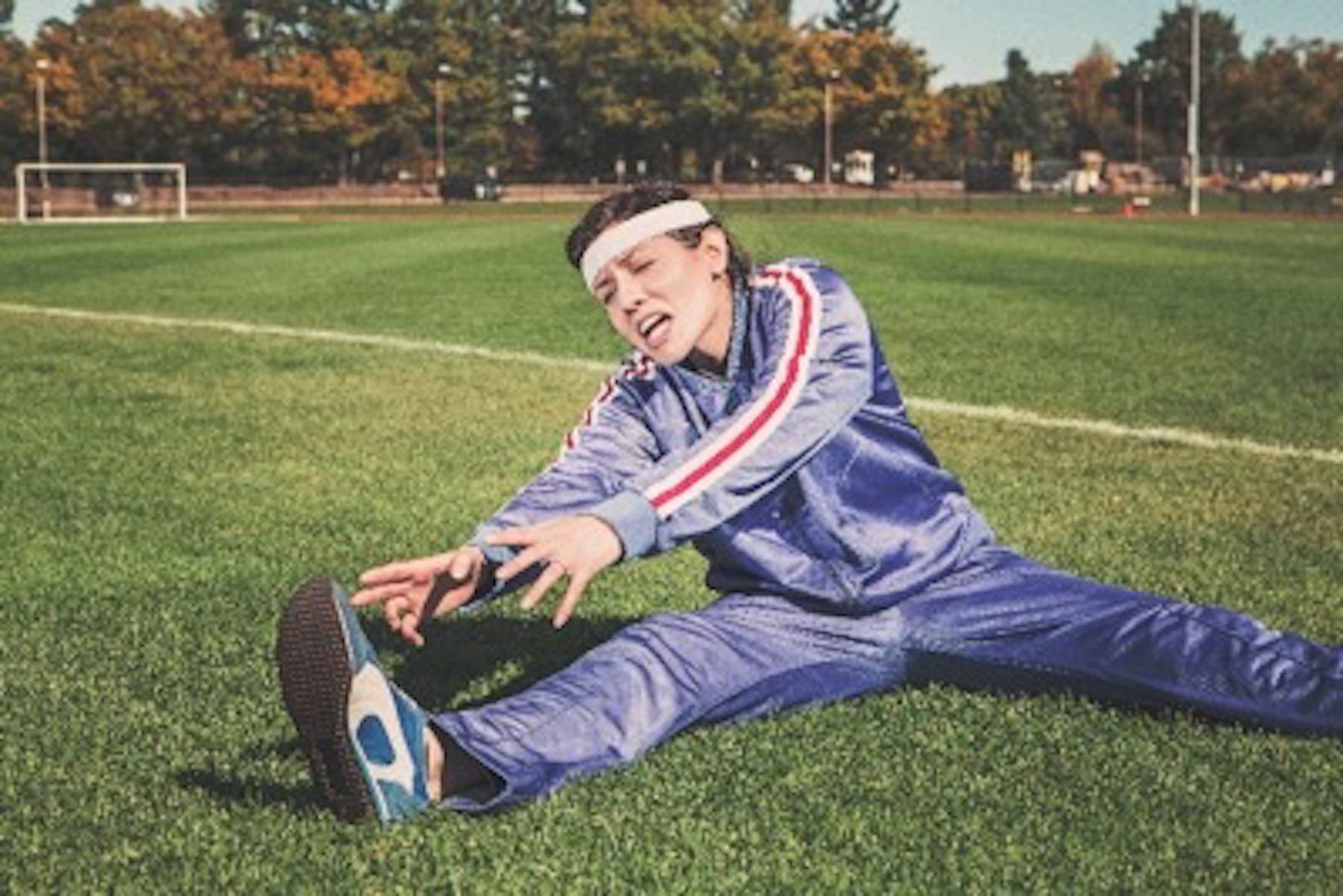
If you have ever watched sports, then you have seen it. Elite athletes running full speed, maybe around the bases or breaking away down the football field, and then it happens. They stop mid-step, grab the back of their leg and go down hard in agonizing pain. And then you hear the announcers, “Looks like a pulled hamstring”.
Hamstring injuries are very common among runners and people who exercise. But you can “pull a hammy” doing every day activities, like stepping awkwardly or hopping over puddle in the road.
What are hamstrings?
The hamstrings are a group of three muscles on the backs of your upper thighs. They are big, strong muscles that help with both hip extension (bringing your whole leg behind you) and knee flexion (bending your knee back – think heel to butt). The three muscles have big, broad tendons that attach to your ischial tuberosity or “sits bone” and on either side of your knee just below where it bends.
What does it mean to “pull a hammy?”
The word “pull” is often used to describe a muscle strain. Muscle strains often occur when the muscle is a combination of too tight and too weak. Muscle needs flexibility and strength to operate without injury. This day and age, we spend an insane amount of time sitting. We sit to commute to work, we sit at work and we sit for our meals. All this sitting shortens the hamstrings because we sit with our knees bent.
This prolonged sitting also leads to decreased flexibility and increased weakness. Many of the exercises prescribed for strengthening hamstrings, such as squats, work the muscle in an already shortened position, leading to more tightness and greater imbalance.
Think of this like a rubber band pulled taut. Eventually the little rubber fibers are going to tear. The hamstring is the same – eventually those fibers are tight and weak and eventually, maybe with a burst of speed or a hop over a puddle, will tear and cause pain. With a hamstring strain or tear, the pain is often right in the middle of the muscle belly and sometimes a hard knot can even be felt.
How do you treat a hamstring injury?
If the injury is an acute strain – as in JUST happened – then R.I.C.E can help. RICE stands for rest, ice, compression, elevation. However, you will also almost immediately benefit from physical therapy.
Whether your hamstring injury is chronic or just happened, it’s important to get a full evaluation of your alignment, posture, strength and flexibility to see what imbalances are happening during the movement.
Whether this has been a chronic issue or just started, it’s important to get a full evaluation of your alignment, posture, strength and flexibility assessment to see what imbalances are happening during that movement.
If a pulled hamstring goes untreated, it can lead to continued pain or irritation in the hamstring or stiffen the tendon and lead to a tendinosis. It can also lead to a compensated gait or walking pattern that could cause other aches and pains throughout the body.
At Rebalance PT, we evaluate and treat the whole body looking for both primary and secondary drivers of pain, instability and malalignment. Hamstring injuries often benefit from some degree of manual therapy (e.g., myofascial release and massage techniques) and progressive exercises for improving flexibility and strength. The treatment helps heal the injury and prevents re-injury in the future.
This article was written by:
Elayne Geba PT, DPT, WCS
Pelvic Floor and Orthopedic Physical Therapist and Women Health Certified Specialist
In-Person and Online Consultations


